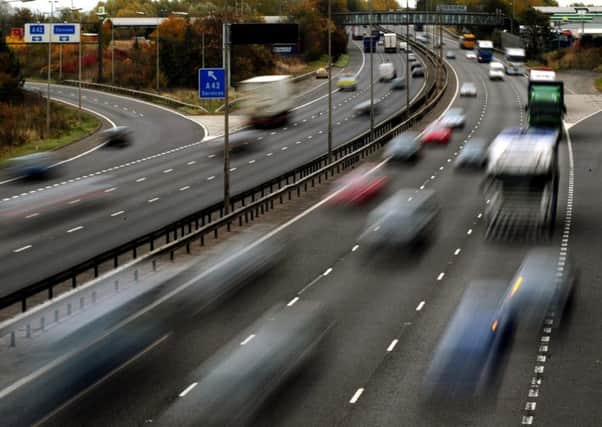Many drivers are ignorant of how to prevent whiplash injury


Almost two thirds of drivers don’t know the correct position a headrest should be in to help prevent serious injury in the event of a crash, according to national road safety charity Brake.
A similar amount don’t always check their headrest before setting off on a long journey.
Advertisement
Hide AdAdvertisement
Hide AdWith all the controversy about fraudulent whiplash claims in the media in recent years it would be easy to forget it can be a serious and lasting problem for some crash victims.
The report, released by Brake and Direct Line, reveals how little most drivers know about preventing whiplash.
Symptoms include neck pain, stiffness, and reduced neck movements, and between five and 20 per cent of cases develop into a long-term and potentially debilitating, condition. This can involve chronic pain, loss of mobility in the neck or arms, and psychological problems.
These injuries occur most often in low-speed, rear-end collisions.
Advertisement
Hide AdAdvertisement
Hide AdWhile such crashes are rarely fatal, the consequences can have a huge impact on individuals and on society, with an estimated annual cost of £7.5bn across Europe.
Brake is working hard to change driver behaviour to prevent collisions in the first place, but for those involved in a crash it is key that the headrest is in the correct position to give as much protection as possible.
Restraints should be adjusted so the top is about level with the top of the head and right up against the back of the head, so the head won’t be able to fly backwards in a crash. If a head restraint is missing, wobbly, or too low, it won’t protect the neck from potentially debilitating whiplash injuries.
With many families and couples who are different heights sharing cars and driving duties Brake says it is important to check the driver and passengers headrests before each journey, if anyone is sitting in a different position from the last time the car was used. Crashes can happen even on the shortest journeys.